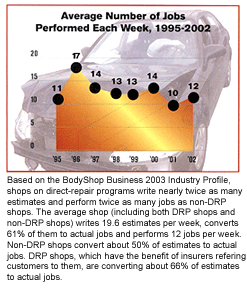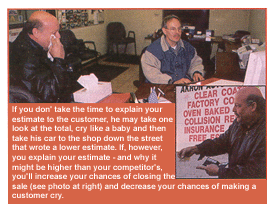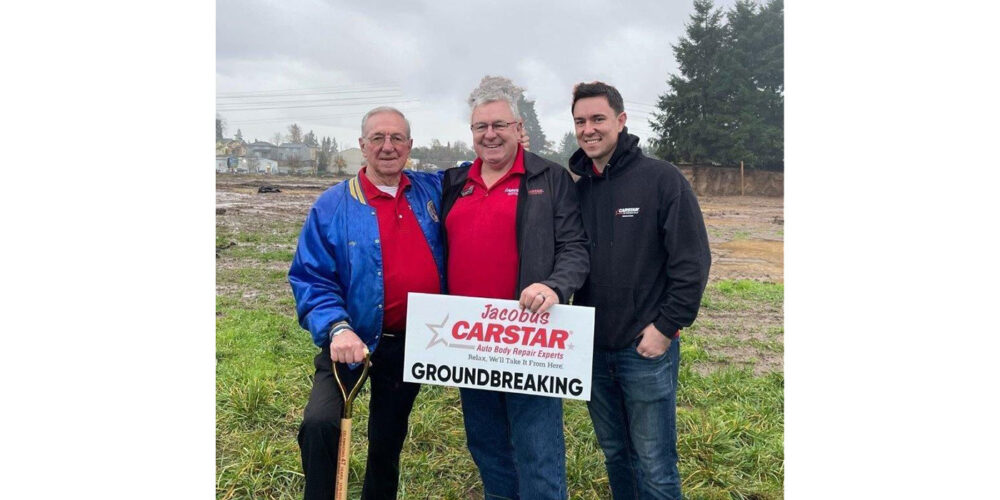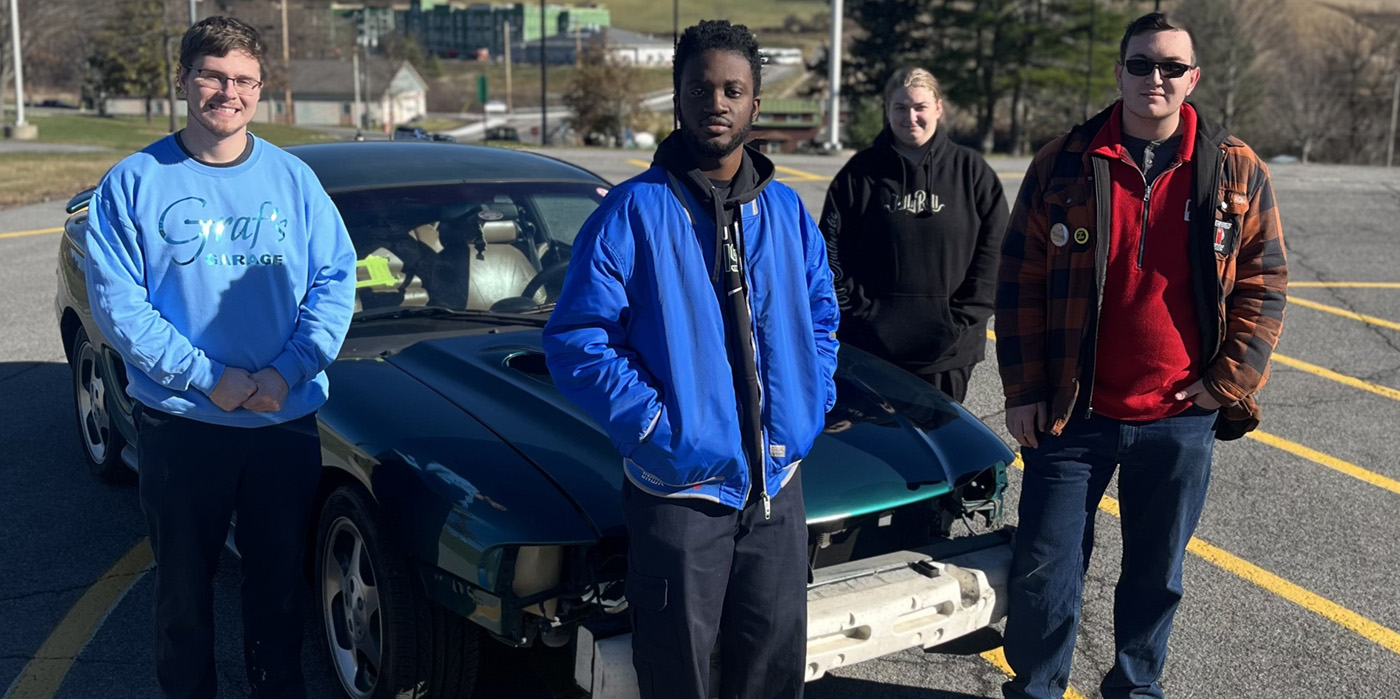Do you know your “batting average”? If your closing rate is less than 80 percent, my guess is that you’re not selling the repair to the customer.
Showing the customer what you’re going to do and educating him about the repair process can be extremely helpful in getting him to choose your shop to repair his vehicle. What should you do and say to educate him?
- Point to the parts and touch them when you’re out in the lot taking notes.
- Speak English. Don’t use terms like “R&I.” Explain that you’ll remove the mirror and then re-install it – and explain why this is important. Say that you’ll replace the bumper covering, or use the terminology “put a new one on.” Words like “broken” and “dented” are easy enough for anyone to comprehend. “The fender is only dented a little, so we’ll straighten it, but the bumper covering is torn and a piece is missing, so we’ll have to put a new one on” makes a lot more sense to a consumer than the Xs, RPLs or RPRs on an estimate sheet. The time to explain what you intend to do is while you’re out at the vehicle with the vehicle’s owner.
- Don’t talk down to potential customers – male or female. Many women don’t understand cars and are often intimidated by men who shrug them off as if they’re unimportant and speak to them in shop jargon. Likewise, many male customers don’t know the difference between a fender and a quarter panel either. In either case, make them feel comfortable. Ask them if they have any questions, and explain what you need to do in layman’s terms.
- Explain that if they get 10 estimates, they’ll get 10 different prices. While you’re writing your estimate (a perfect time for your sales pitch), tell them that your estimate may be higher but that it’s not a result of higher prices – that it’s a matter of more thorough repairs and that you often do more to restore their vehicle to pre-accident condition than your competitors do. Make them understand that if they’re going to compare estimates, it shouldn’t be on a price basis. Rather, they should compare the quality and extent of the repair.
- Don’t bore everyone with the details. Some customers don’t want to be bothered. That glassy eyed, deer-in-the-headlights look is a clue that the customer either doesn’t understand or could care less. Don’t waste his time – or yours.

Tell customers to bring in competitors’ estimates. Let them know that if they’d like, they can come back in with any other estimates they get and you two can go through everything line by line to see what the differences are.
If a customer does come back with an estimate from another shop, go over it with him and check all the items on your estimate that aren’t on your competitor’s. Then go out to the car and show him the things the other shop is doing differently. It’s funny how often low-balling occurs. When you explain to him that the only reason they wrote the bid low was to get him to their shop and that they’ll end up supplementing their estimate to include the additional items – or worse, skipping them entirely – the customer usually ends up choosing your shop.
This is a great sales pitch to use if your estimate is higher: “Mrs. Smith, we pride ourselves on writing a thorough and comprehensive estimate – as much as is humanly possible. By including all the parts we can see that are needed to repair your car, we have fewer parts delays and can get your car back to you sooner.” This works because, generally the customer’s No. 1 pre-repair concern is how long it will take to get his vehicle fixed.
You Can’t Win ‘Em All
When I first started in this business, I worked at a small, independent shop that did top-quality work on high-end. I remember an older gentleman who came in with an older Ford that had some rust starting on the door bottoms and around the wheel arches. I think we charged something like $600 per side at the time – $600 to sandblast the rust scale, etch prime, prime, putty, prime, paint, and sand and buff the side of a car. We knew the quality of our repairs, and this was the best repair method without cutting panels and welding in new metal. Imagine how I felt when the car owner told me he had a price from someone else for $400!

I tried to explain that the other shop was only going to grind the rust down and smooth it over with filler and that he’d have to do it all over again in six months or a year, tops. But it didn’t matter. He was convinced we were trying to rip him off.
Eight months later he was back, asking if we could re-do the spots the other shop had done. Too bad he didn’t listen the first time. It goes to show that not all customers will listen to reason.
More recently, I went over a competitor’s estimate with a potential customer line by line. I showed her why we needed to replace things like the headlamp and mounting panel (which also served as the upper bumper cover mount), radiator side panel and a few other things. She nodded in apparent understanding and agreement to everything I said. When I was done, I asked her when she wanted to bring the car in. She didn’t want to bring it in at all. She chose the other shop anyway!
Didn’t I just explain things to her? Didn’t she, just moments before, agree with everything I’d told her?
I gave the parts list to our parts manager and asked him to let me know when the order came in. Sure enough, a few days later, there it was – complete with all the parts I had on my sheet that the other shop was originally lacking.
After a week or so, I called her “to see if she had changed her mind” about where she was going to have the repairs done. She told me the other shop did the repairs. She also said she had the impression that we were higher because we were the dealership and that the other shop could do the same repair we were going to do for much less. When she got the final bill, she was shocked that their bottom line was higher than ours. We didn’t get that job, but we did gain a customer from that point on.
It just goes to show that you can’t win ’em all, no matter how well you sell your shop. But you can win more – if you educate each and every consumer who walks through your door.
Writer Patrick Yurek is the vice president of Collision Consulting LLC (www.CollisionConsulting.com). He has 22 years of industry experience and has held every conceivable position in a collision repair facility, from sweeper to management. Among his credits are several PPG certifications and General Motors technical certificates. Yurek can be reached by e-mail at [email protected] or
[email protected].













